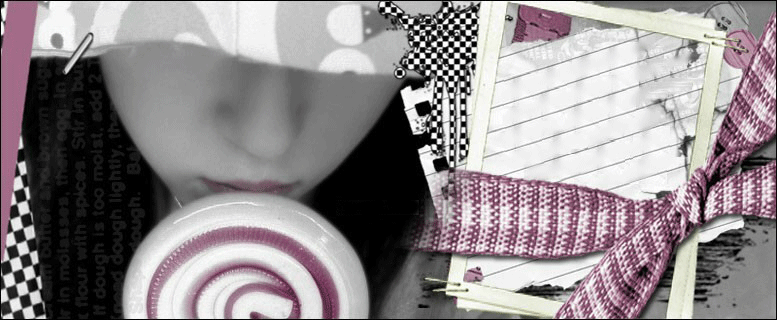Human canines are the longest and most stable of teeth in the dental arch. Only one tooth of this class is present in each quadrant. In traditional dental literature, canines are considered the cornerstones of the dental arch. They are the only teeth in the dentition with a single cusp. They are especially anchored as prehensile teeth in the group from whence they get their name, the Carnivora.
Maxillary canines by definition are the teeth in the maxilla distal, but closest to the incisors. Mandibular canines are those lower teeth that articulate with the mesial aspect of the upper canine.
Maxillary Permanent Canine Facial: The canine is approximately 1 mm narrower than the central incisor. Its mesial aspect resembles the adjacent lateral incisor; the distal aspect anticipates the first premolar proximal to it. The canine is slightly darker and more yellow in color than the incisor teeth. The labial surface is smooth, with a well-developed middle lobe extending the full length of the crown cervically from the cusp tip. The distal cusp ridge is longer than the mesial cusp ridge.
Lingual: Distinct mesial and distal marginal ridges, a well-developed cingulum and the cusp ridges form the boundries of the lingual surface. The prominent lingual ridge extends from the cusp tip to the cingulum, dividing the lingual surface into mesial and distal fossae.
Proximal: The mesial and distal aspects present a triangular outline. They resemble the incisors, but are more robust -- especially in the cingulum region.
Incisal: The asymmetry of this tooth is readily apparent from this aspect. It usually thicker labiolingually than it is mesiodistally. The tip of the cusp is displaced labially and mesial to the central long axis of this tooth.
Right and Left: The distal surface is fuller and more convex than the mesial surface. The mesial contact point is at the junction of the incisal and middle third. Distally, the contact is situated more cervically. It is at the middle of the middle third.
Variation: Each of the major features of this tooth are 'variations on a theme.' In some persons, a cusp-like tubercle is found on the cingulum. Lingual pits occur only infrequently. On occasion, the root is unusually long or unusually short.
Mandibular Permanent Canine Facial: The mandibular canine is noticeably narrower mesidistally than the upper, but the root may be as long as that of the upper canine. In an individual person, the lower canine is often shorter than that of the upper canine. The mandibular canine is wider mesiodistally than either lower incisor. A distinctive feature is the nearly straight outline of the mesial aspect of the crown and root. When the tooth is unworn, the mesial cusp ridge appears as a sort of 'shoulder' on the tooth. The mesial cusp ridge is much shorter than the distal cusp ridge.
Lingual: The marginal ridges and cingulum are less prominent than those of the maxillary canine. The lingual surface is smooth and regular. The lingual ridge, if present, is usually rather subtle in its expression.
Proximal: The mesial and distal aspects present a triangular outline. The cingulum as noted is less well-developed. When the crown and root are viewed from the proximal, this tooth uniquely presents a crescent-like profile similar to a cashew nut.
Incisal: The mesiodistal dimension is clearly less than the labiolingual dimension. The mesial and distal 'halves' of the tooth are more identical than the upper canine from this perspective. You will recall that the cusp tip of the maxillary canine is facial to a ling through the long axis. In the mandibular canine, the unworn incisal edge is on the line through the long axis of this tooth.
Variation: One variation of this tooth has captured the attention of board examiners. It is this: On occasion, the root is bifurcated near its tip. The double root may or may not be accompanied by deep depressions in the root.




